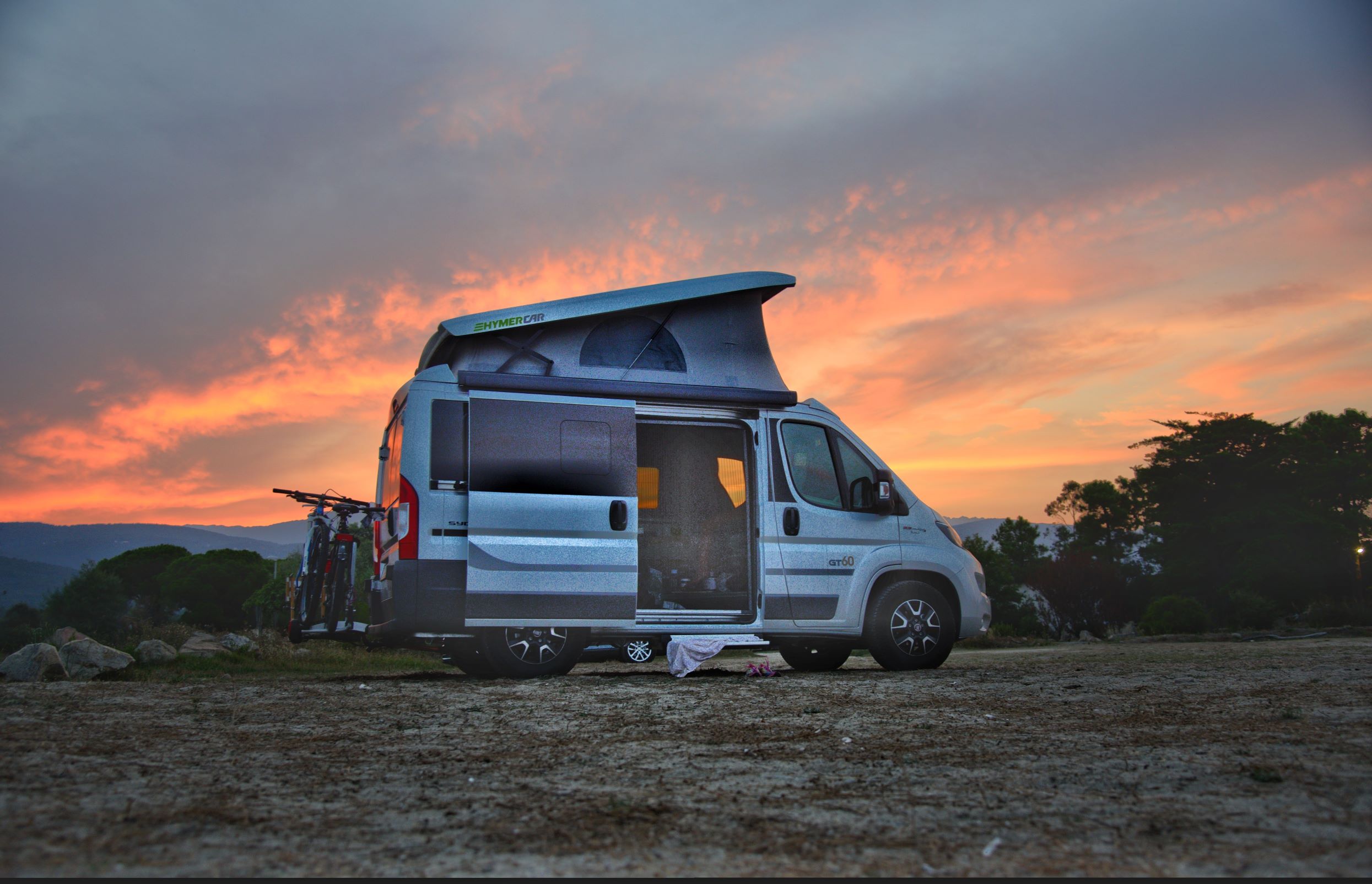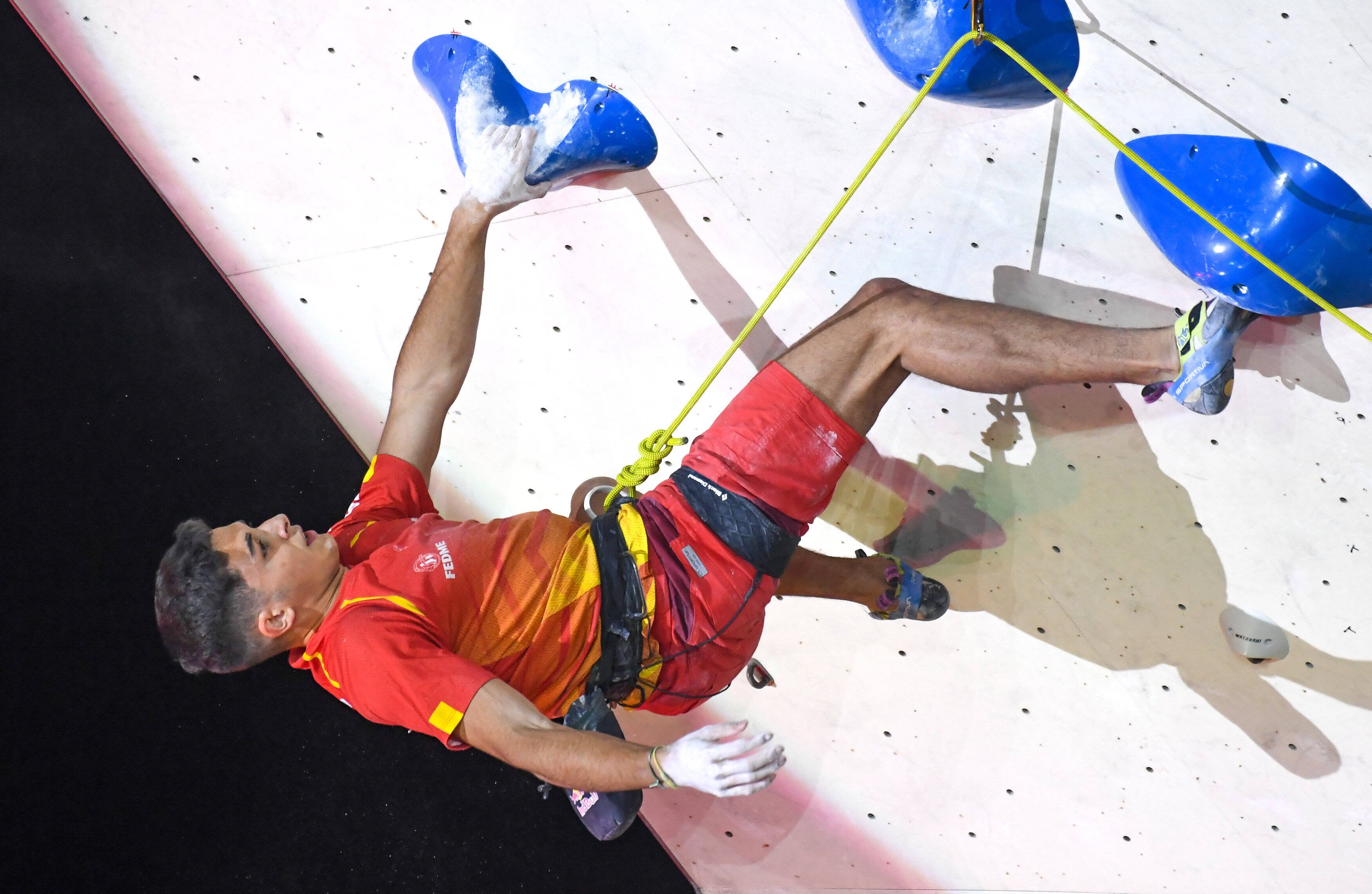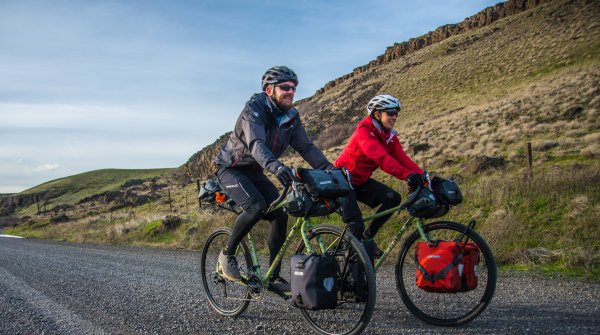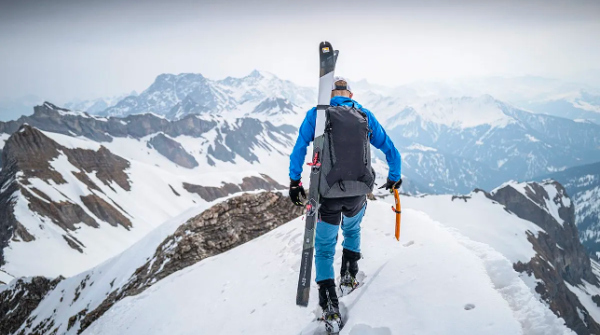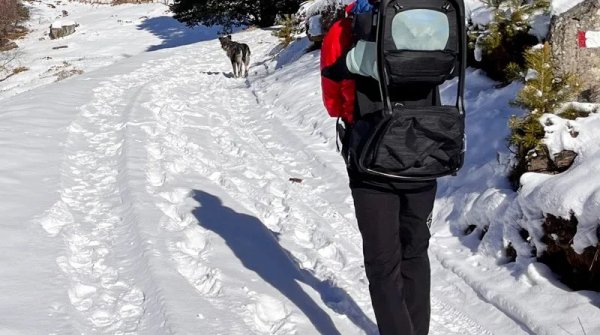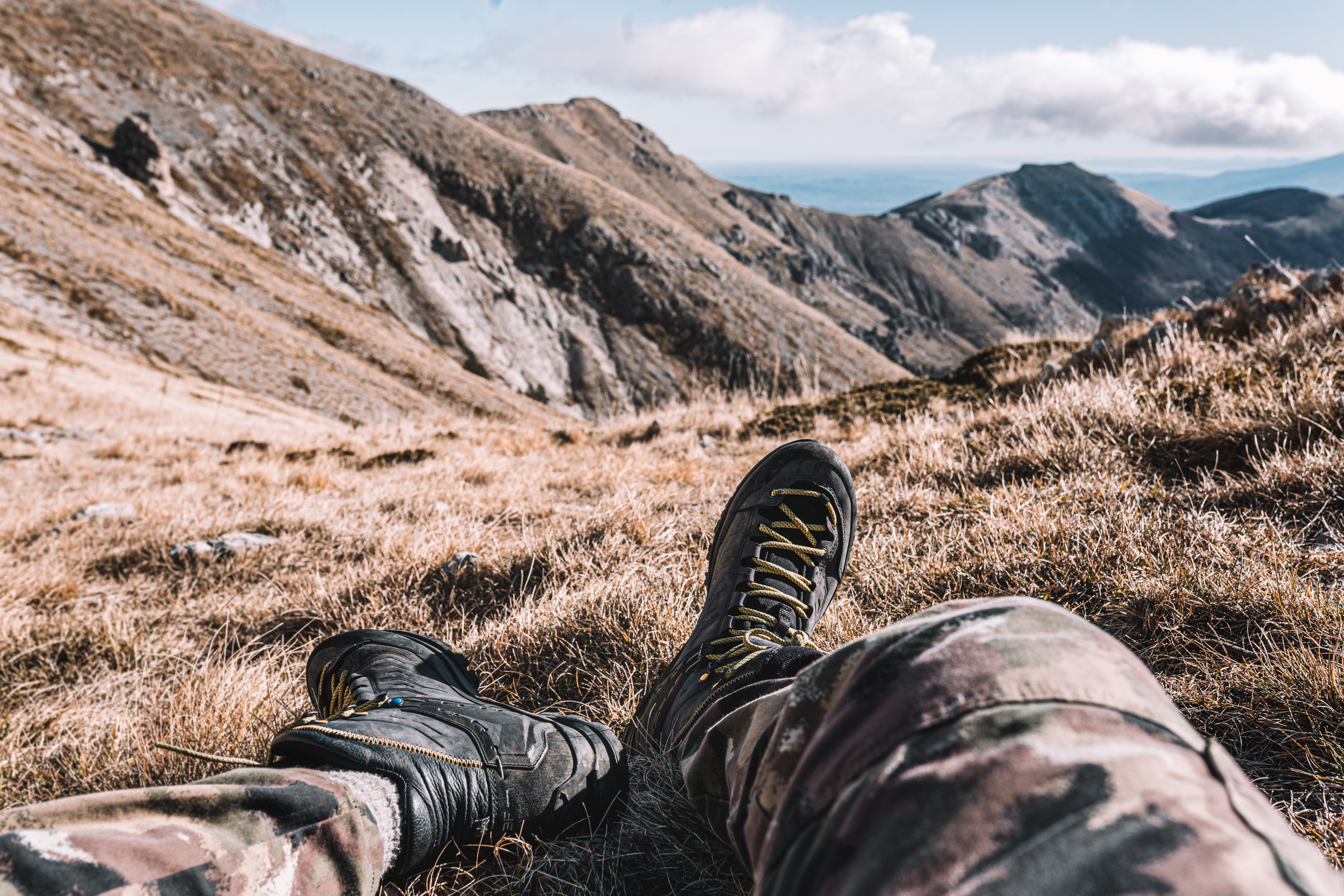
Comfort, safety and protection are the main functions of shoes for trekking. The classification of hiking shoes in general is made roughly in the following categories:
- Lightweight multifunctional shoes for simple hikes and everyday life.
- Light hiking boots with better lateral support, stronger sole and weather protection
- Hiking boots for excursions in the foothills of the Alps with better lateral support and firmer sole
- Solid trekking shoes for tours into the wilderness with heavy luggage
When considering the right type of footwear for the terrain and weather you plan to use, the following rule of thumb applies: trekking shoes should be as sturdy as necessary while being as light as possible. If you are unsure or even prone to twisting an ankle, a sturdier hiking shoe is recommended.
The solution for demanding outdoor hikes on unpaved trails are trekking shoes. These are cut very high compared to the alternative hiking boots and offer your feet the best lateral support in rough terrain with their very stable shaft. You grant the ideal compromise between a light hiking boot and a heavy mountain boot.
The only moderately cushioned sole grants a high level of surefootedness in the terrain thanks to the firm and torsionally stiff material. The shoes are adapted to the high weight of the hiker with his backpack. A waterproof membrane keeps feet dry even in wet conditions and rain. The profile ensures surefootedness in the mountains. They provide the optimum grip and maximum protection in pathless terrain.
Leather and breathable synthetic materials are the most common uppers for trekking shoes. Leather scores high in warm and dry weather with high wearing comfort, at the same time the material is usually more stable and resilient than synthetics. The synthetic material is more suitable in damp and cold weather. It is as water repellent as a well-waxed leather boots, but much more breathable and dries much faster. The leather boots should also have a functional membrane, then they also dry quickly, which is important, for example, for pure tent tours. For the cold season, trekking boots manufacturers also offer lined shoes.
Manufacturers produce both unisex models and specially tailored copies for women and men. As a rule, men and women have slightly different foot shapes, the men's and women's models usually fit the feet better and provide more reliable support. Often, men's heels are wider and the difference in width between the heel and toe area is less than women's. The shaft of trekking shoes for men is therefore comparatively lower and narrower.
For support during long hikes, the fit of trekking shoes is the most important criterion. The heel fit, ankle support and lacing is what matters.
Keep the following tips and tricks in mind when buying trekking shoes:
- Make sure the heel fit is absolutely secure when trying them on. Blisters or chafing points threaten if you can move the heel minimally in the shoe.
- For a secure stand in the shoe, the midfoot must be well fixed. Lace the shoe again about 15 minutes after putting it on, then the trekking shoe adapts to the foot even better.
- The toes need a finger's width of space at the front, and they must not touch at the top. Otherwise, pressure points will occur, especially downhill.
- For high wearing comfort, the shoe must roll round, ideally the front rolling point is directly under the ball of the foot.
- The upper should enclose the ankle tightly and lace up tightly to ensure good ankle support.
The feeling when walking is not deceiving. It's best to try on a variety of trekking shoes and get a little run in with each pair. In a professional store for sports and hiking equipment you will also benefit from good advice.
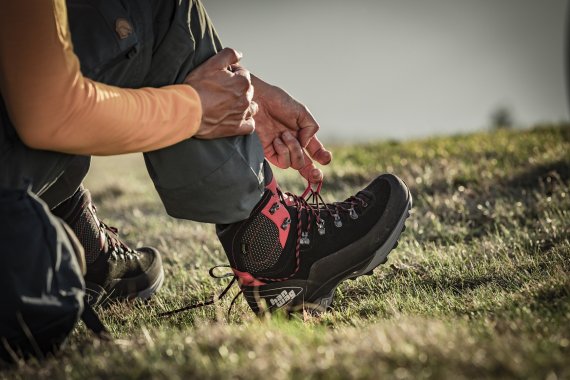
The rougher the terrain, the firmer shoes you need for adequate protection of the feet and a secure grip. Be sure to look for a perfect fit, high-quality materials with long durability and a firm sole.
For optimal comfort, trekking shoes with Gore-Tex Surround technology are interesting, because it keeps your feet dry and cool. Try the shoes on best in the afternoon, because your foot swells during the day. Lace the trekking shoes again after 15 minutes, then they fit your foot perfectly. Do your feet have a tendency to pressure points? Then wear thicker socks, and special insoles will also improve the fit in the shoe.
Try out your new model for an hour in the store or at home. If it feels comfortable over the entire time, you have found the perfect trekking shoes. Break them in over short distances during the first few weeks before you start your first real hiking tour. After each tour, remove dirt with a stiff brush and clear, cold water; dirt dries out the material and leather can become brittle. Spray the upper material with waterproofing spray, dry leather is best treated with leather wax.
A good feeling while hiking is the be-all and end-all. Good trekking shoes are comfortable and should not cause blisters. Before your first hiking tour, you should ideally break in your new pair of hiking shoes to get used to the footwear. Also be prepared to dig a little deeper into your pockets - high-quality trekking shoes are not cheap, but you get the best quality.
Below we answer frequently asked questions about trekking shoes.
Hiking describes a shorter tour or a slightly strenuous walk. Trekking is when you go out into nature for a hike over several days. Many use the term trekking as a synonym for backpacking and mean a hike in sparsely populated areas.
Trekking shoes meet tougher requirements for hiking. Trekking boots are more robust and stronger, but also heavier. Those who do not hike for several days or weeks in the wilderness are better served with a classic hiking shoe.

